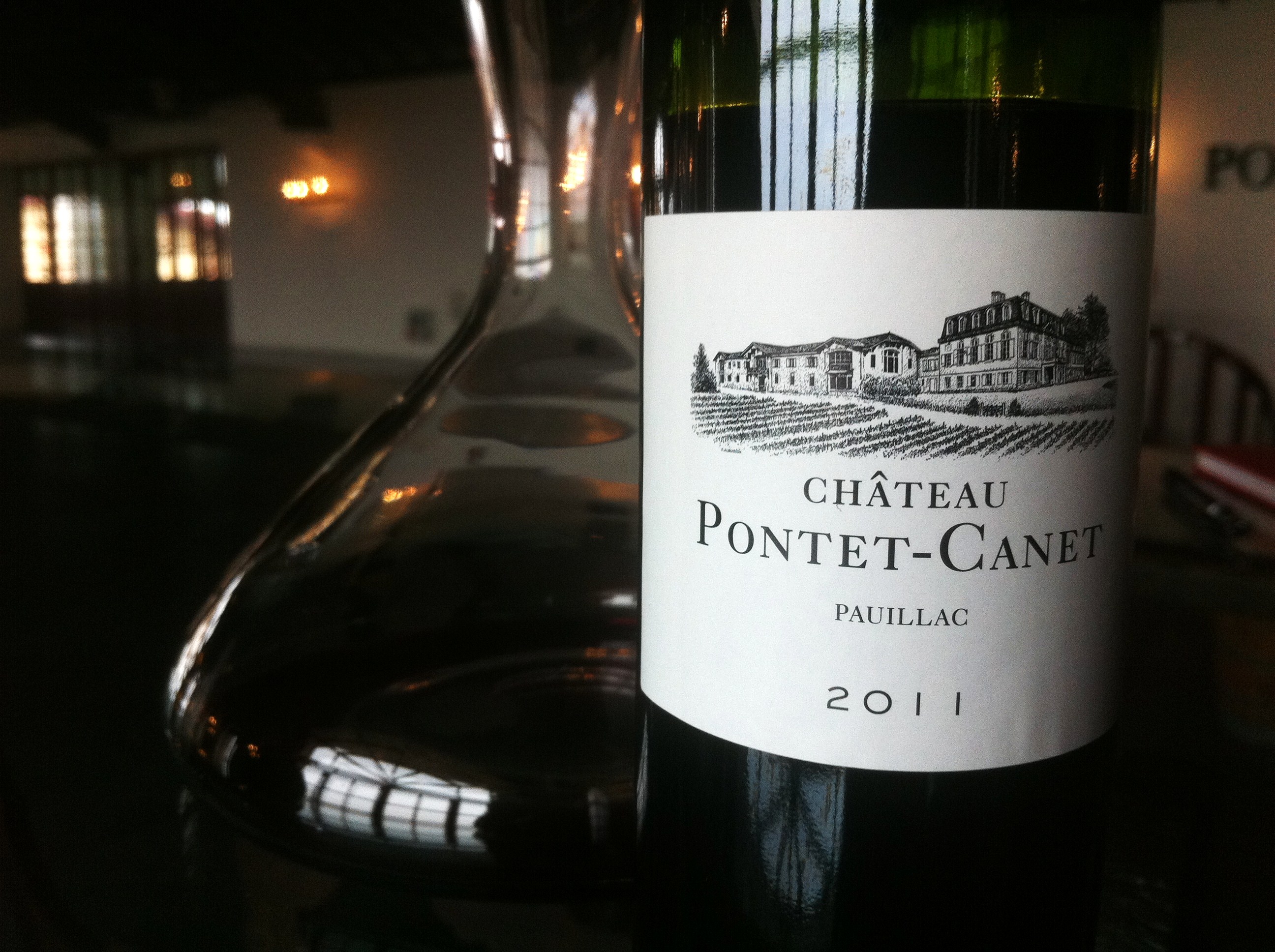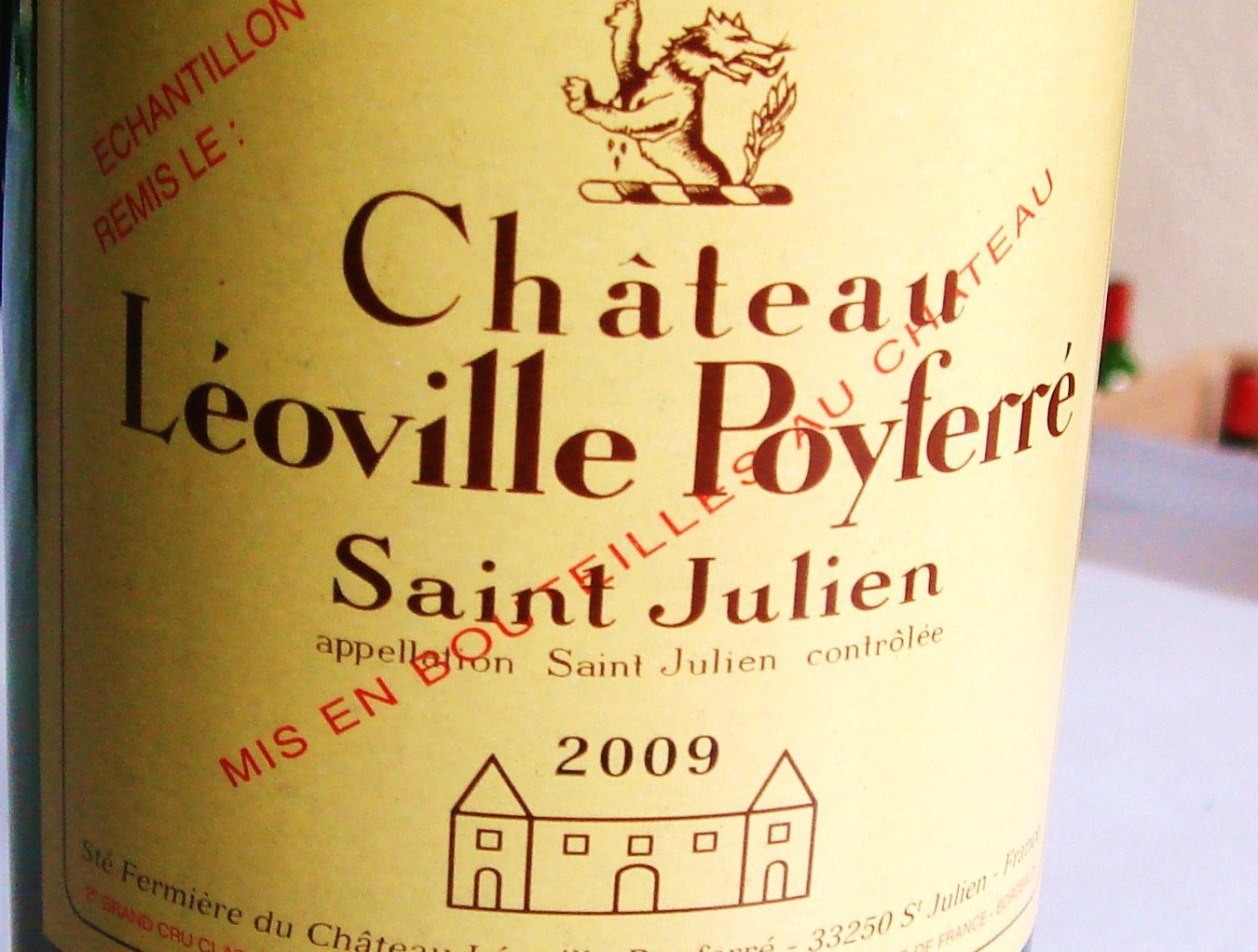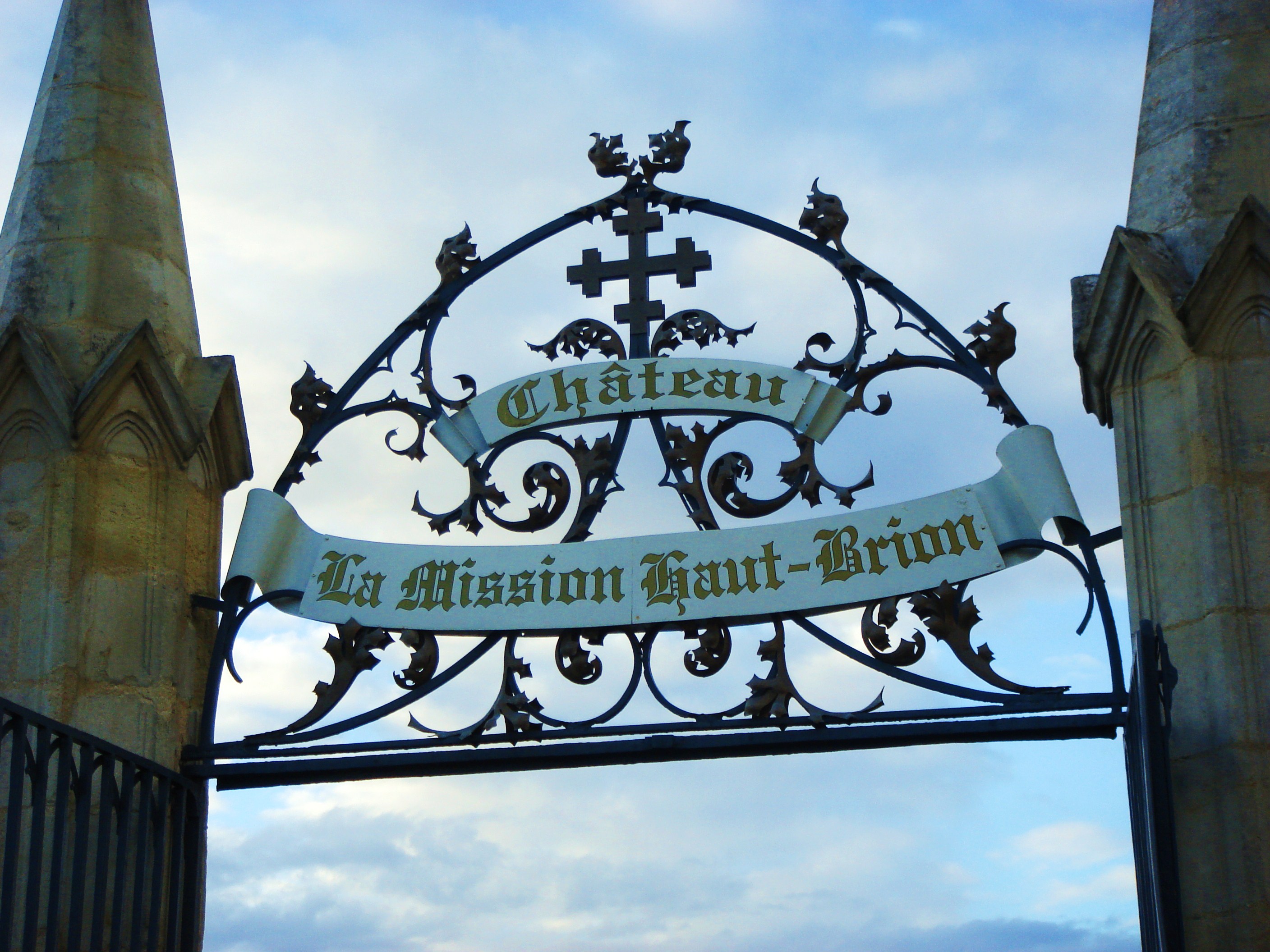Bordeaux 2011 In Bottle: Overview
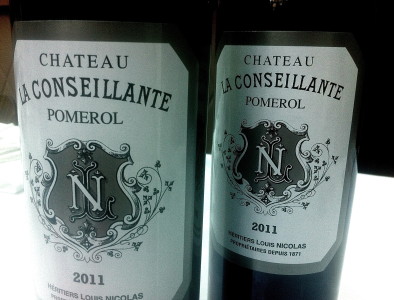
The clues were there. Fewer big gun proprietors stood behind the tables at this year’s Union des Grands Crus de Bordeaux tasting. Some château regulars to Covent Garden were missing completely. And the braying roar of excitement from the trade that accompanied the 2009 and 2010 in-bottle tastings was missing here, replaced by a low, gentle, pinstriped murmur, ‘What on earth are we going to do with this vintage?’ I’m exaggerating a little because there were some good Bordeaux reds from 2011 on offer at the tasting, though relatively few set the pulse really racing. The real joy in this vintage is amongst the whites, particularly the sweet wines of Sauternes and Barsac, and the dry whites from Pessac-Léognan, though that’s not much consolation for a region mostly concerned with red wine production.
Following wonderful vintages in 2009 and 2010, Bordeaux 2011 leads a subsequent trio of tricky ‘winemakers’ vintages, all affected by adverse weather of one sort or another, culminating in the past few weeks with the sodden 2013 vintage, which, according to some reports, has been possibly the most difficult since the early 1990s – the bright spot once again looks to be Sauternes & Barsac. Shame we drink so little of it.
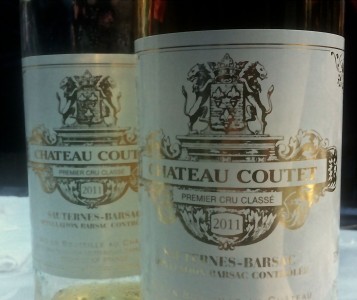 Sauternes: the bright spot in 2011 (and in 2013?)
Sauternes: the bright spot in 2011 (and in 2013?)
Now the 2011s are in bottle they occupy a difficult position. They don’t have the immediate joy that the 2012’s reds exhibited this year during the primeurs tastings. Nor do they seem to offer the long-term qualitative possibilities that say 2001 exhibited and is now delivering on, or even 2004. The high acid, sappy styles of many of the reds makes them unattractive now, and while age may well help soften the edges, many of these will surely remain a bit pinched and charmless down the line. To be fair I’m really talking mainly about the Left Bank here. The wines of St Emilion and Pomerol seemed generally more joyful with better prospects. Pessac-Léognan’s reds, which had initially seemed very disjointed during the primeurs tastings, have, by and large, come together now the wines are in bottle.
The underlying problem in 2011 was that the seasons were all in the wrong order. Summer was in spring and balmy weather got the growing season off to a flier before shuddering to a halt in a cool and indifferent summer, itself more like autumn. Uneven ripening, devastating hail in some districts on the eve of harvest [St Estèphe was especially affected] and growing concerns about the threat of rot in the vineyards, led to a stressful, tense harvest. Some definitely picked too soon, others who waited, benefitted, but all producers required the utmost patience and dedication in the cellar to make the most of things. Some have clearly pushed delicate, elegant material through the meat grinder and it comes through in the wines. Those with a gentle hand, as ever, have succeeded best.
The Margaux commune remains the most uneven in the Left Bank. It was the case during primeurs. Still there were also wines in Pauillac and St Julien that felt attenuated, austere and a little puckering. The picks? In Margaux Château Brane-Cantenac felt head and shoulders the best, Château Durfort-Vivens had vigour and Château Lascombes showed lots of fruit [if hefty tannins]. In Pauillac Château Batailley was ripe and flavoursome and Château Pichon Lalande elegant and harmonious. In St Julien Château St Pierre stood out for purity and Château Léoville Poyferré comfortably led the pack with a very refined and polished 2011. The Bartons, Langoa especially, lacked joy and felt compact with very firm acid and tannin. Given the problems St Estèphe faced with hail Château Lafon-Rochet produced something elegant and well-balanced.
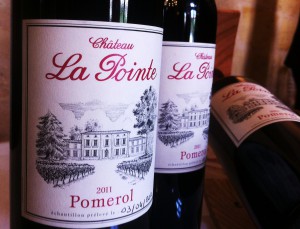 On the right bank there are good efforts from Clos Fortet, Château La Dominique, Château Canon-la-Gaffelière and Château Pavie Macquin and in Pomerol Château La Conseillante looked beautiful along with Château Clinet and a successful Château La Pointe. In Pessac-Léognan Domaine de Chevalier has made excellent white and red, as has Château Bouscaut, Château de Fieuzal, Château Pape Clément, Château Malartic-Lagravière and Château Smith Haut Lafitte.
On the right bank there are good efforts from Clos Fortet, Château La Dominique, Château Canon-la-Gaffelière and Château Pavie Macquin and in Pomerol Château La Conseillante looked beautiful along with Château Clinet and a successful Château La Pointe. In Pessac-Léognan Domaine de Chevalier has made excellent white and red, as has Château Bouscaut, Château de Fieuzal, Château Pape Clément, Château Malartic-Lagravière and Château Smith Haut Lafitte.
No one in Sauternes put a foot wrong that I could see. Maybe there’s not the weight and richness here as in 2009 and 2010 but 2011 looks very good to me. There is also the added bonus that if you enjoy Sauternes these wines are already wonderful. My quick picks from a strong crowd would be Château Climens, Château Coutet, Château Doisy-Védrines, Château de Rayne Vigneau and Château Suduiraut. I will be covering these wines and those from the other major appellations in more detail in coming posts.
Tags: 2011, Barsac, Bordeaux, Chateau Batailley, Chateau Bouscaut, Chateau Brane-Cantenac, Chateau Canon La Gaffelière, Chateau Climens, Chateau Coutet, Chateau de Fieuzal, Chateau de Rayne Vigneau, Chateau Doisy-Vedrines, Chateau Durfort-Vivens, Chateau La Conseillante, Chateau La Dominique, Chateau Lafon-Rochet, Chateau Léoville Poyferré, Chateau Malartic-Lagravière, Chateau Pape Clément, Chateau Pavie Macquin, Chateau Pichon Longueville Comtesse de Lalande, Chateau Smith Haut Lafitte, Chateau St Pierre, Chateau Suduiraut, Clos Fortet, Margaux, Pauillac, Pessac-Léognan, Pomerol, Sauternes, St Emilion, St Estèphe, St Julien, UCGB, Union des Grands Crus de Bordeaux
